Pollination is an important topic that we cover in second grade during our Plants, Animals, & Life Cycles unit. We spend a few lessons discussing how plants and animals rely on each other, and pollination is a key part of that interdependence. In this fun pollination STEM activity, students make a model bee then simulate pollination using mac and cheese powder!
What is pollination?
Pollination is the spreading of pollen from flower to flower. Most plants need pollen from another plant to make seeds. Some animals help plants by transferring pollen as they go from plant to plant.

Pollen & pollinators
Pollen is a powdery substance found inside a flower. The stamen produces pollen so the plant can make seeds.
Animals that move pollen are called pollinators. Bees, bats, hummingbirds, and butterflies are pollinators. They visit flowers to get nectar, a sugary liquid made by flowers.
While the animals are feeding, pollen from the flower sticks to their leg hairs. Pollen is then transferred to the next plant the animal feeds from. Honey bees have special baskets on their back legs for carrying pollen.
Both the animal and the plant benefit from pollination. The animal gets food and the plants are able to make more seeds.
In this pollination STEM activity, students will build a model of a pollinator to demonstrate it pollinating plants. Each material for this pollination STEM activity represents a part of a pollinator or a part of the pollination process.
Introduce the lab activity by posing the question: How do animals pollinate plants?
Pollination STEM Activity

Materials:
- mac & cheese powder (1/3 pack per 3-4 students)
- craft sticks
- craft glue
- hand lens
- markers
- pipe cleaners
- optional wiggly eyes
- colored paper or coffee filters for wings
- large and small flower templates
- lab sheet for each student
Procedure:
- Provide the materials for students to make their model pollinators. Guide students to use the pipe cleaners as legs and to understand how they are similar to the legs of an actual insect.
- Have students choose a pollinator to build and record the materials they will use on their lab sheets. Then, students will draw and label a sketch of their designs. Before building, students will explain what each of their materials represent and how these materials are like the real animal they are creating.
- Give students time to build their pollinators. We chose bees for our model pollinators. Students made wings by cutting a paper towel into 3 inch squares. They then folded the paper towel squares and cut out wing shapes to create two equal wings. You could also use colored paper or coffee filters for the wings.

2. Next, we cut pipe cleaners in half and used the pipe cleaners to hold the wings down to a craft stick. The craft stick represents the insect’s body and the two ends of the pipe cleaner form the insect’s legs. Students then folded the bottom of the pipe cleaners upward slightly to form tiny feet. We added stripes with a Sharpie to make our pollinators look like bees.
3. Put the mac & cheese powder in the center of students’ large flowers. Students will gently tap their pollinator’s feet in the powder.

Pollination lab sheet & flower templates source
4. Using a hand lens, students record what happens after tapping the pollinator in the powder.

5. Next, students have their pollinator “fly” to the smaller flower and gently tap the pollinator’s feet in the center of the flower to show the transfer of pollen. Students draw and record what happens on their lab sheets.
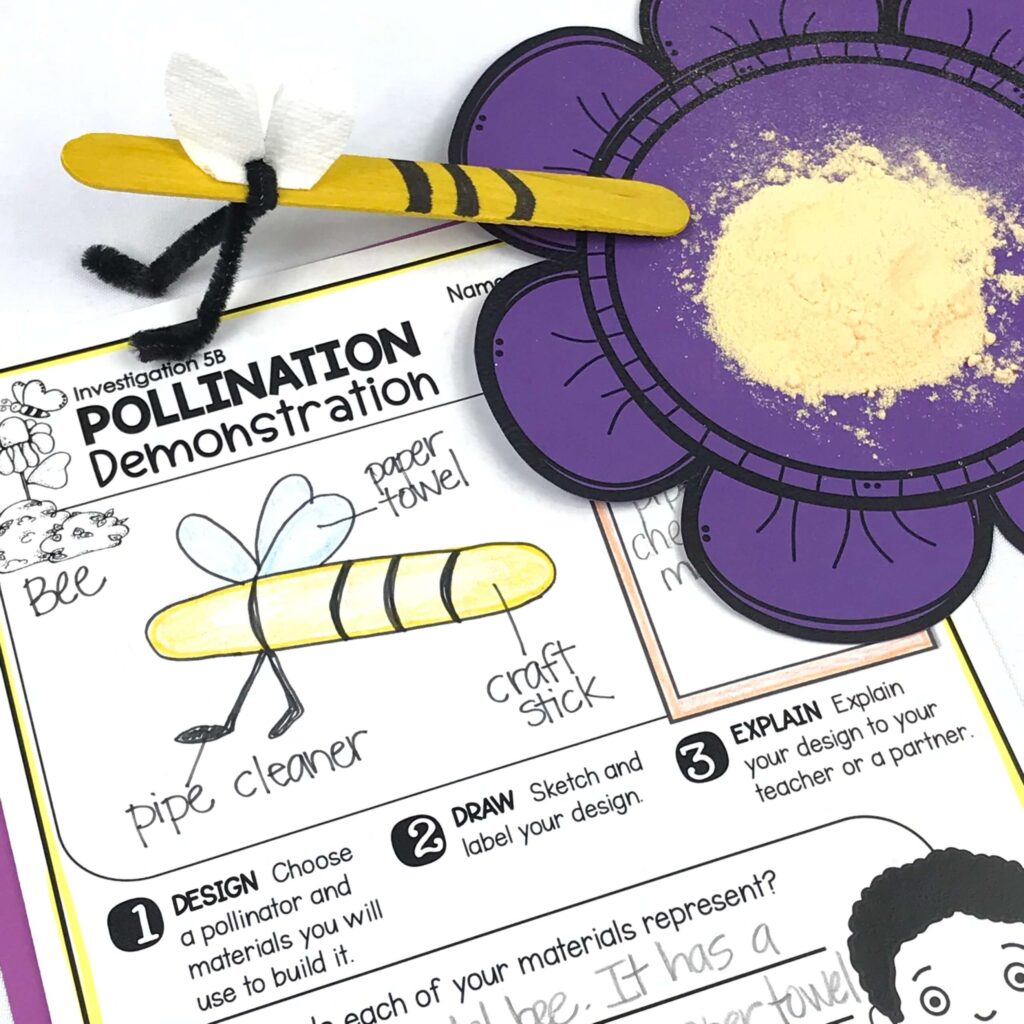
6. Finally, students discuss how this pollination STEM activity relates to the pollination that happens in nature.
More Plants, Animals, & Life Cycles experiments and lesson plans
This pollination STEM activity is a great demonstration and an excellent way to incorporate hands-on learning into your Plants, Animals, & Life Cycles science lessons. It is part of a complete NGSS Plants, Animals, & Life Cycles unit for 2nd grade that is also available in a digital format.
Click here to see the yearlong 2nd grade science series.
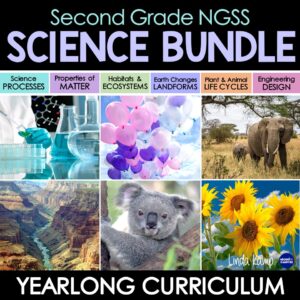
Be sure to pin this post to use later when you plan!
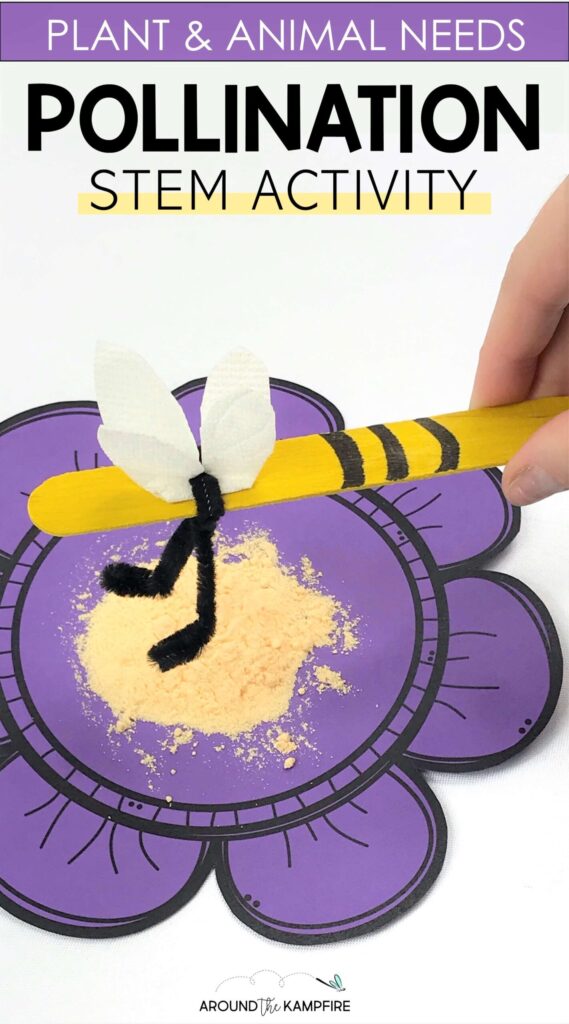
Visit these posts for more plant and animal science activities:
Lesson Plans to Teach Plant & Animal Interdependence
Teaching About Plants the Fun Way!
Butterfly Life Cycle Activities & Free Printables
Happy teaching!

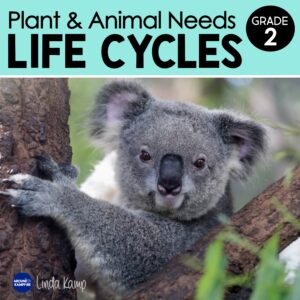


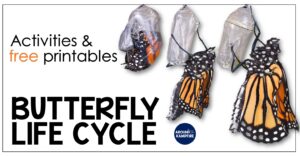



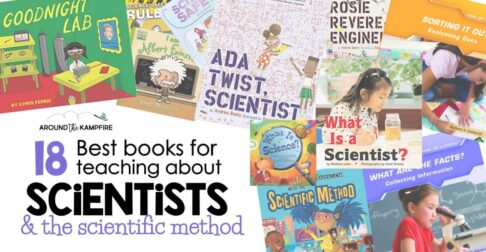


This is absolutely fantastic and so creatively simple! Love it to bits! Thank you!
I stumbled across your activity when looking for pollinator activities for my daughter’s kindergarten class. We did a lesson about pollinators and did this activity and it was a HIT! Her teacher thought it was the coolest activity and all of the kiddos had a blast! Thanks for sharing a wonderful STEM activity to drive home how pollination words! AND all of our flowers got pollinated! 🙂
What a fun way to learn about pollination! High engagement, hands on learning, and total conceptual understanding. Win, win, win! Is this application activity available independently or just as part of a bundle?